In the fascinating world of 3D printing, Stereolithography (SLA) stands out for its exceptional ability to deliver high-resolution, highly detailed parts. It has indeed transformed prototyping and manufacturing fields with its accuracy and speed. But does it bring the same level of excellence when creating sophisticated internal structures within a print? That’s the focus of our dive today.
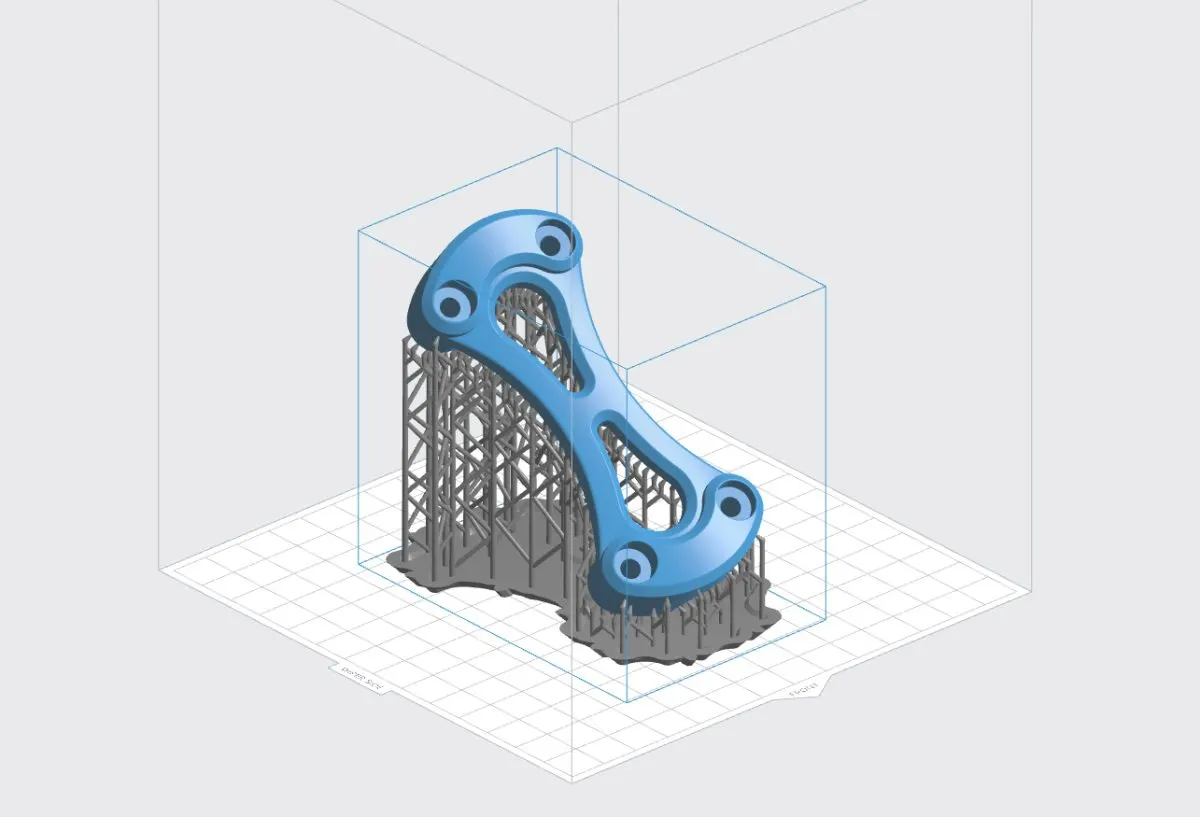
With this article, we’ll embark on a comprehensive journey of understanding how SLA 3D printing interacts with that crucial part of 3D prints – the internal structures. Key to the durability, strength, and functionality of 3D printed parts, internal structures are often complex and require a highly capable printing technology to bring them to their full potential. Does SLA fit the bill? Let’s unravel the truth.
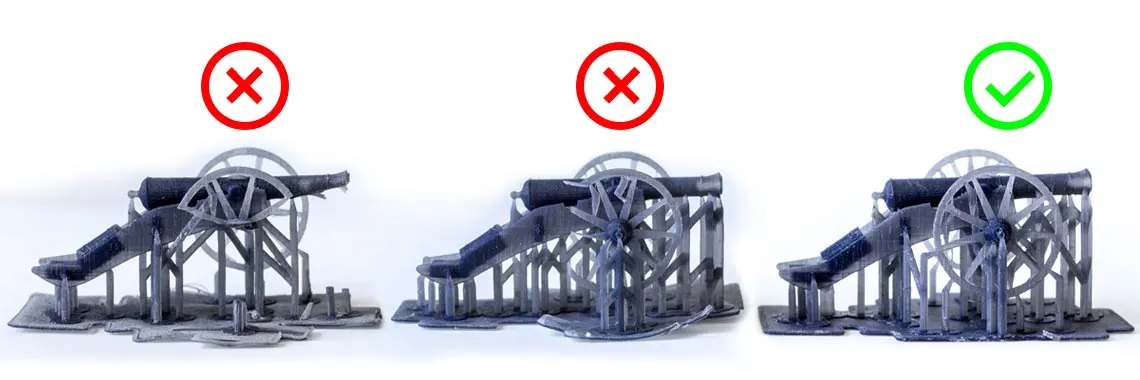
Stay with us as we explore the history of SLA, consider what internal structures in 3D printing are and why they matter, understand how SLA creates internal structures, and compare it with other 3D printing techniques. We will also turn the spotlight on real-world applications where SLA-printed internal structures truly shine, and ponder upon the challenges and anticipated future advancements in this field.
Whether you’re a hobbyist experimenting with 3D printing at your garage, an educator inspiring the next generation of engineers, or a professional pushing the boundaries of manufacturing paradigms, this article promises to provide valuable insights into the world of SLA 3D printing and internal structures.
Understanding SLA 3D Printing
Stereolithography or SLA is a formidable titan in the 3D printing universe. What makes it special is not just its age (it’s the oldest 3D printing technique around!), but also its unique mode of operation and the superior quality of results. But before we delve into its capabilities for creating internal structures, let’s understand what SLA really is.
A Brief History
Originated in the 1980s by Charles Hull, the inventor of 3D printing, Stereolithography was indeed a pathbreaking revelation. It introduced a whole new approach to object creation – additive manufacturing, a significant departure from the traditional subtractive methods of cutting, drilling, and carving.
Characteristic Features of SLA
High Precision: Thanks to the power of lasers, SLA achieves a level of intricacy that’s hard to beat.
Smooth Finish: SLA printed objects have fewer visible lines and striations, offering a smooth aesthetic appeal.
Speed: Although slower than some methods like FDM for large, solid objects, SLA shines when it comes to complex designs with internal voids – like our internal structures!
Process Flow of SLA Printing
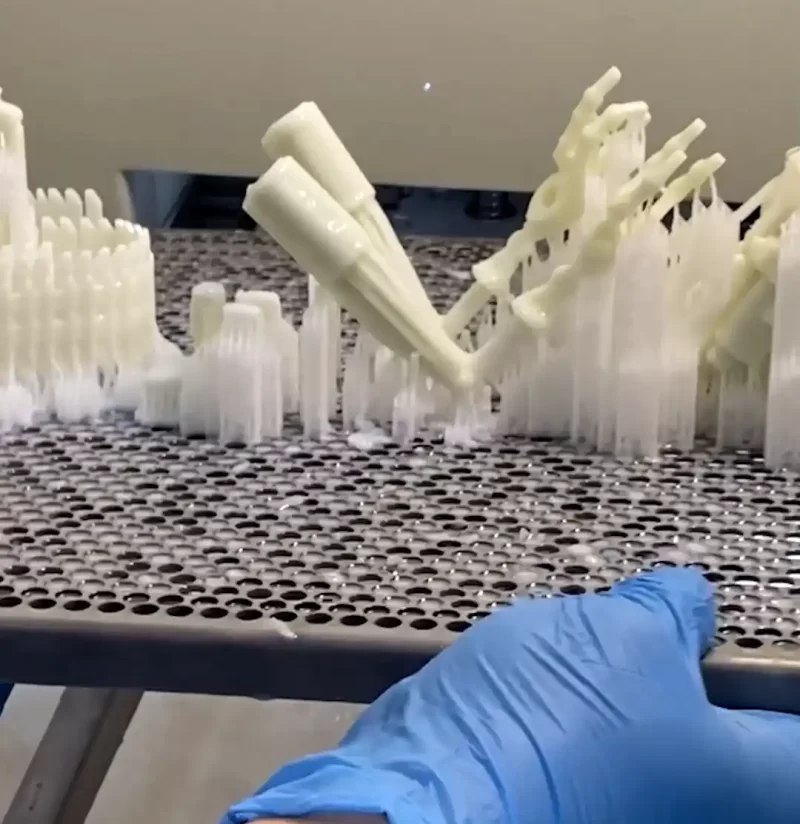
SLA uses a UV laser to solidify a photocurable liquid known as a resin. Here’s a simplified version of the steps:
Designing the Model: It all begins with a digital 3D model designed in CAD software.
Preparing the Printer: The printer is prepared by filling the vat with resin.
Printing: The laser traces the first layer of design on the resin. Each layer is solidified before the platform descends for the next layer to be printed.
The process continues until all layers are solidified and our 3D object is formed. Intricate features, including intricate internal structures, are formed during the printing process.
Now that we’ve got that foundational understanding of SLA 3D printing, our next step is to grapple with the nitty-gritty of those mysterious entities – internal structures. In the upcoming section, we will shed light on the many aspects of internal structures – why they’re important, how they work, and what role SLA has in their formation. Stay tuned!
The Nitty-Gritty of Internal Structures
Behind every robust and durable 3D printed object lies a hidden engineering marvel – the internal structure. This unseen hero not only holds the object together but also masterminds ways to efficiently use material, maintain the object’s weight, and contribute to the overall physical properties.
Definition: What Are Internal Structures?
If you think of the skin and features of a model as the “external structure,” then everything inside is the “internal structure.” Simply put, internal structures are sets of interconnected material that support the exterior of a 3D model.
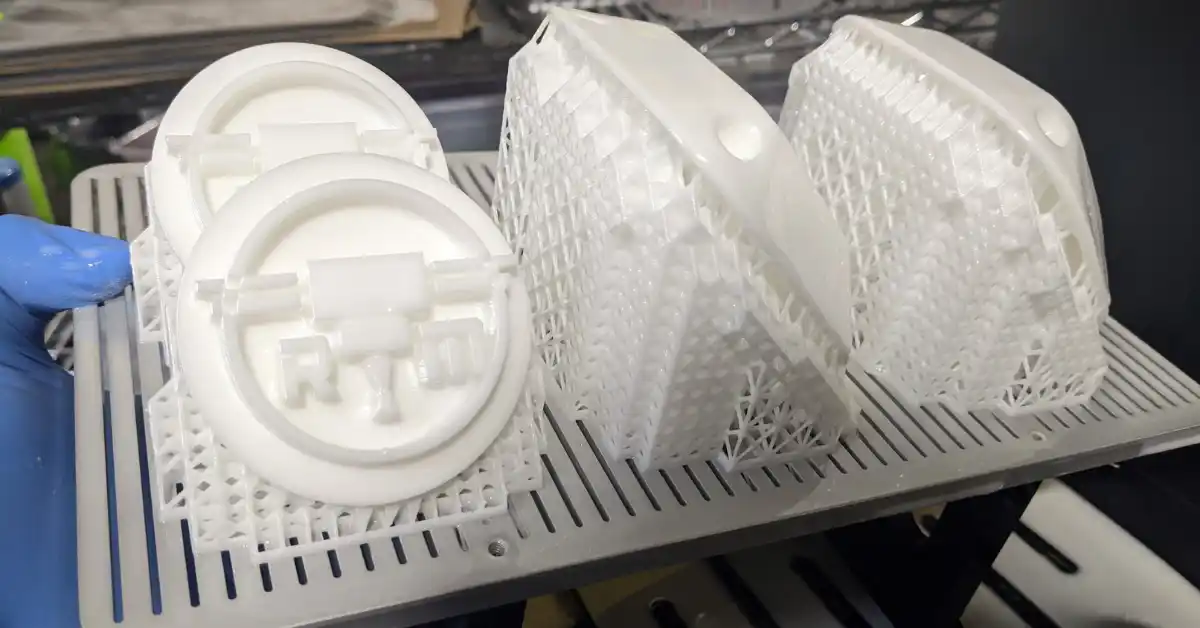
Internal structures are occasionally referred to as infill patterns because of their nature of filling up the space inside a model.
The Importance of Internal Structures
Why bother about what’s inside when it’s the outside that matters, one may wonder. But in the world of 3D printing, what’s inside holds equal, if not more, importance. Here’s why:
Strength and Durability: A solid block is stronger but uses more material (and time). In contrast, a hollow one is lightweight but prone to breakage. An internal structure brings the best of both worlds, offering required strength and durability with minimal material usage.
Material Usage & Printing Time: The internal structure determines how much material is used and indirectly impacts the time taken to print the object.
Weight Control: A fully solid object can be quite heavy. By choosing an appropriate internal structure, we can control the weight of the final printed object.
Types of Internal Structures
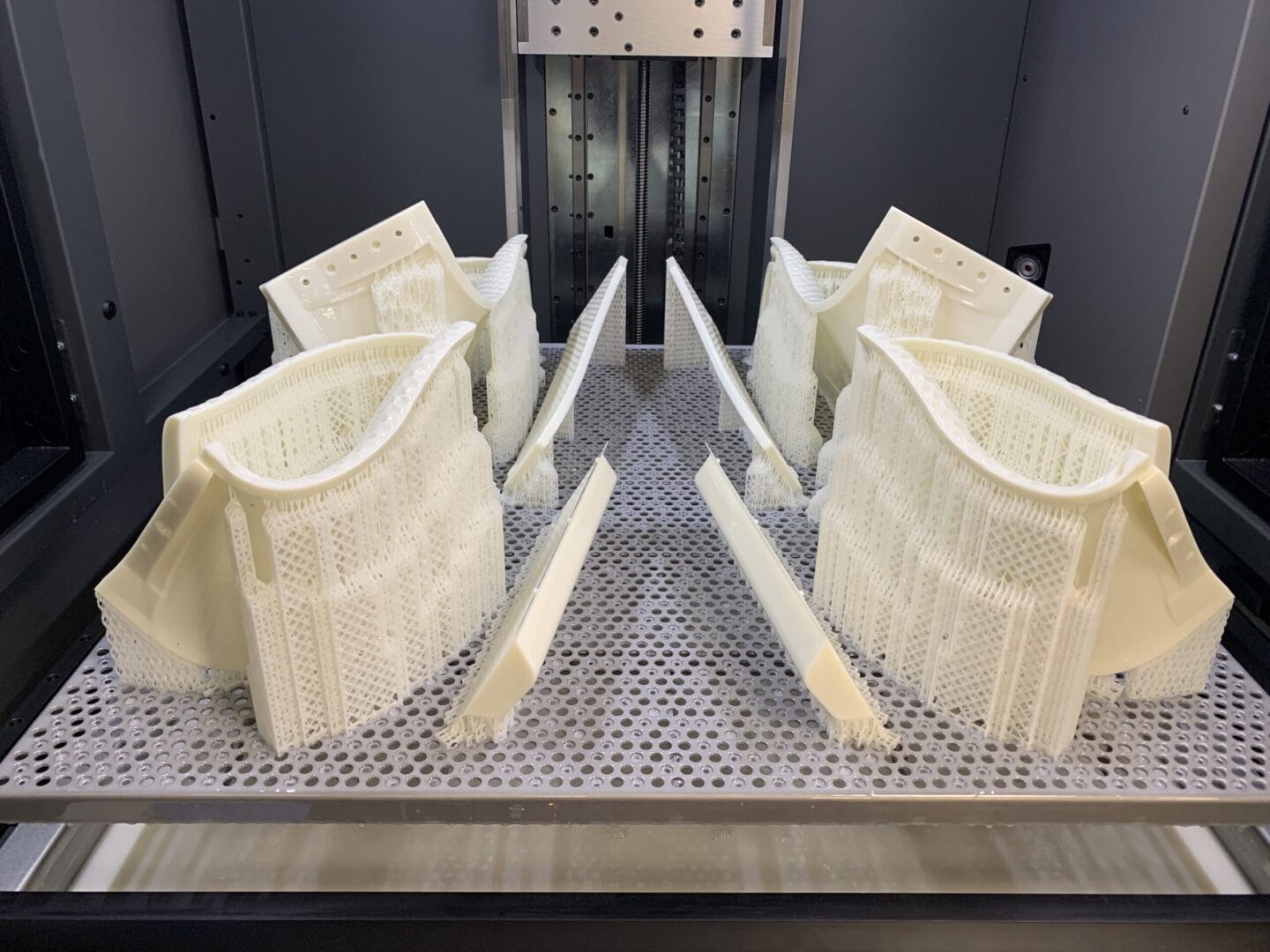
When it comes to infill patterns, there are quite a few options for designing internal structures. Some popular ones include:
Rectangular: Also known as grid, this is a simple and commonly used pattern. It’s sturdy and efficient for most applications.
Triangular: This pattern offers high strength-to-weight ratio but takes longer to print.
Hexagonal: Also known as honeycomb, it’s famous for its perfect balance of strength, weight, and print speed.
Now that we’ve laid the foundation with the knowledge of what internal structures are and why they are crucial, our next leap is towards understanding how SLA 3D printing aligns with these intricate designing marvels. Stay tuned as we navigate through the exciting journey of SLA 3D printing and internal structures in our next section!
Practical Applications and Choosing the Right One for You
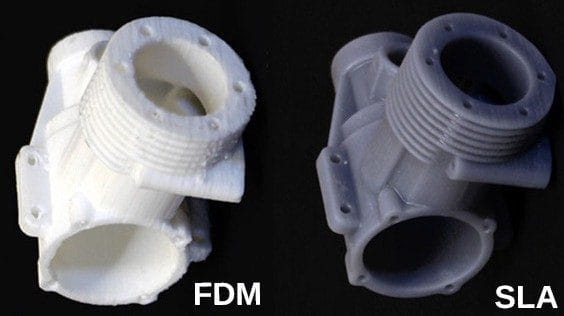
Having understood the differences between PLA and SLA, you might be wondering, “Which one is right for me?” The truth is, it depends on what you’re trying to achieve with your 3D printing project. Here’s a breakdown of what you might want to consider.
When to Use PLA?
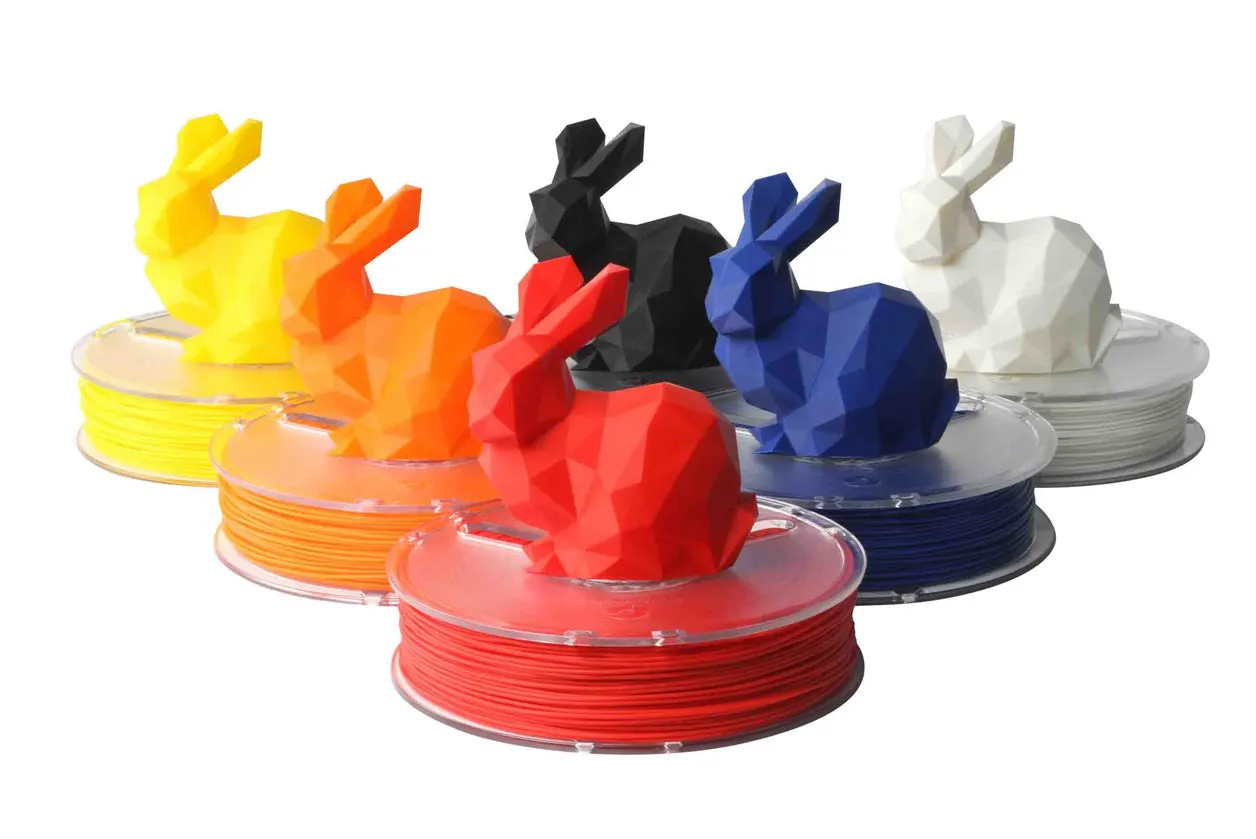
PLA is a great choice for beginners and hobbyists considering its ease of use and affordability. Given below are a few instances when PLA proves to be an excellent choice:
Prototyping: If you’re looking to make concept models or prototypes for visual aids, PLA is a great option. It prints quickly and provides a fine level of detail.
Low-stress Applications: Since PLA is not as strong as other materials, it works well for low-stress applications like decorative objects, desk toys, and display models.
Educational Use: In a classroom setting, PLA’s low cost, ease of use, and safety (it is formulated from renewable resources like corn starch) make it an excellent choice.
When to Use SLA?
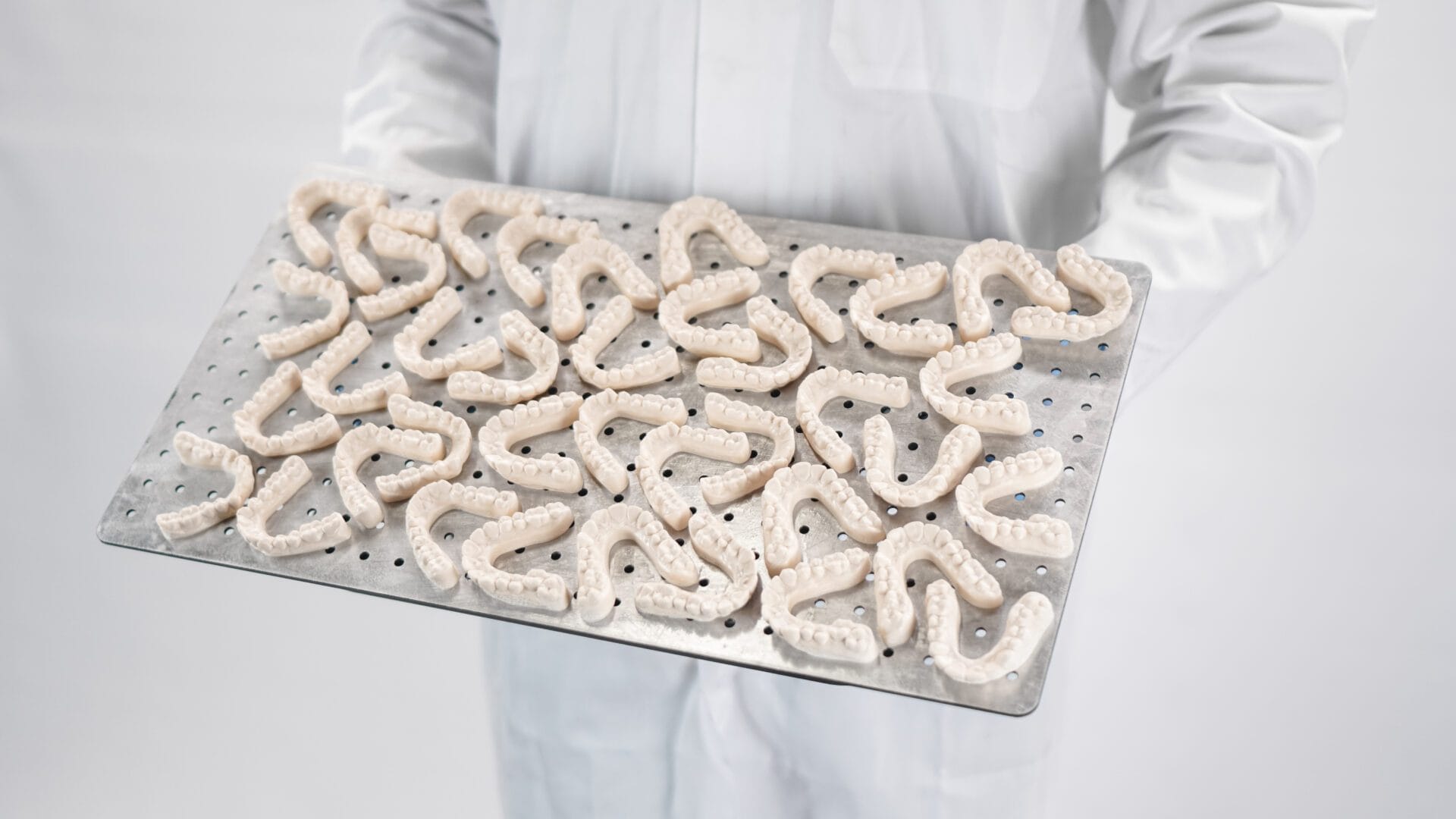
On the other hand, SLA offers a different set of advantages. Here are some scenarios where SLA could be a better fit:
High Detail Models: SLA printing can produce objects with incredible detail, thanks to its high resolution. If you’re creating miniatures, jewellery, or intricate prototypes, SLA is the way.
Professional Prototypes: For professionals looking to showcase designs to clients or stakeholders, SLA models deliver a higher quality finish that paints and finishes well.
Molds: If you’re aiming to create a mold from your 3D print, SLA’s strength and accuracy make it a suitable choice.
Despite the specifics we’ve discussed, it’s essential to understand your project requirements, resources, and capabilities before making a decision. Whether you lean towards PLA or SLA, both technologies have made remarkable strides in the 3D printing landscape, making it possible for us to transform digital designs into tangible reality.
Next up, stay tuned as we dive deep into other popular 3D printing technologies and where they stand in comparison!
Demystifying Other 3D Printing Methods
Beyond PLA and SLA, the 3D printing landscape is teeming with other fascinating technologies that each have their unique strengths. As we widen our lens, let’s dive into some of these impactful technologies and understand what sets them apart.
Fused Deposition Modeling (FDM)
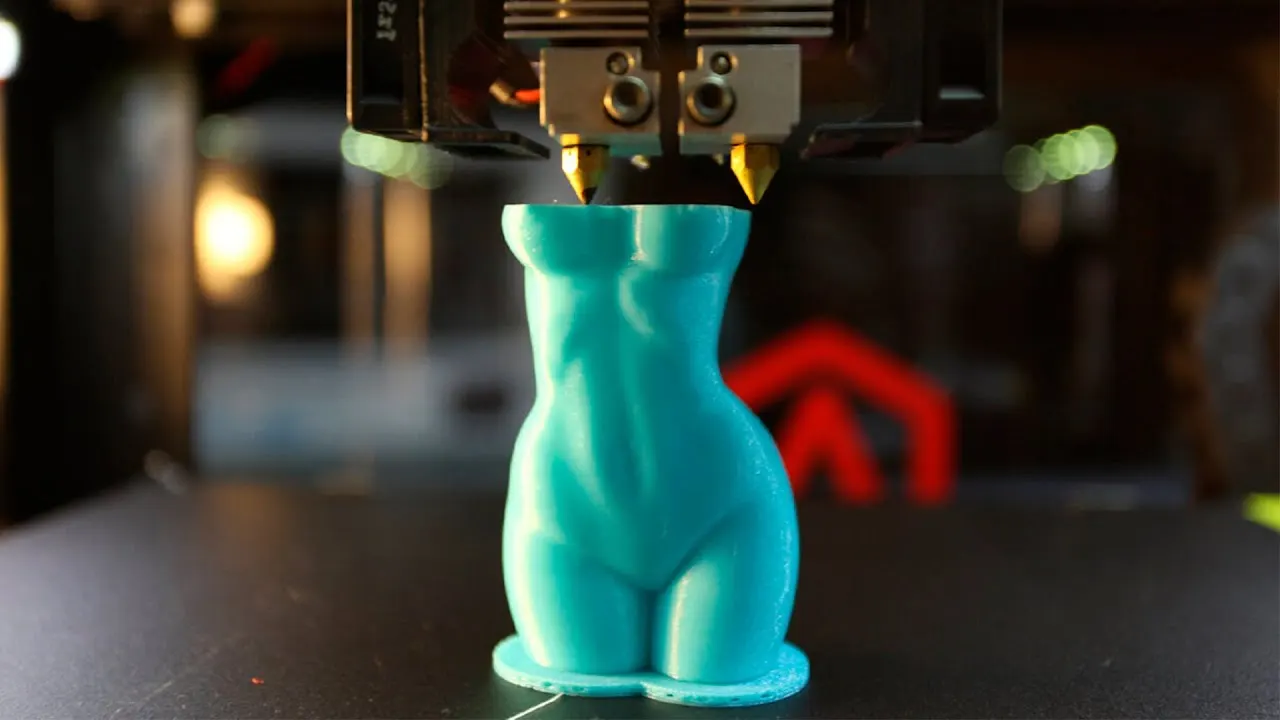
One of the most popular and accessible forms of 3D printing, FDM works by melting and extruding a plastic filament layer by layer to form the model. Its advantages include ease of use, affordability, and the ability to use a wide range of materials, making it an ideal choice for prototyping and educational purposes.
Selective Laser Sintering (SLS)
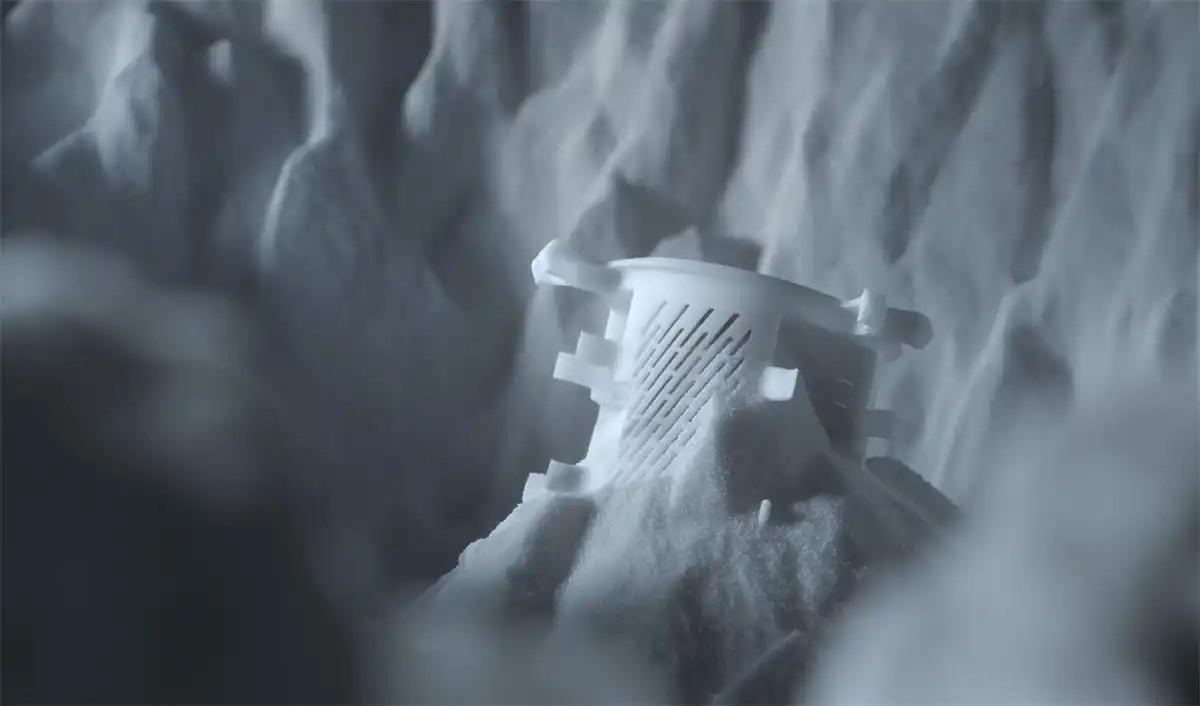
SLS utilizes a laser to sinter powdered material, binding it together to create a solid structure. It excels in creating complex geometries and is highly valued in industries like aerospace and automotive for its ability to produce robust, functional parts.
PolyJet Technology
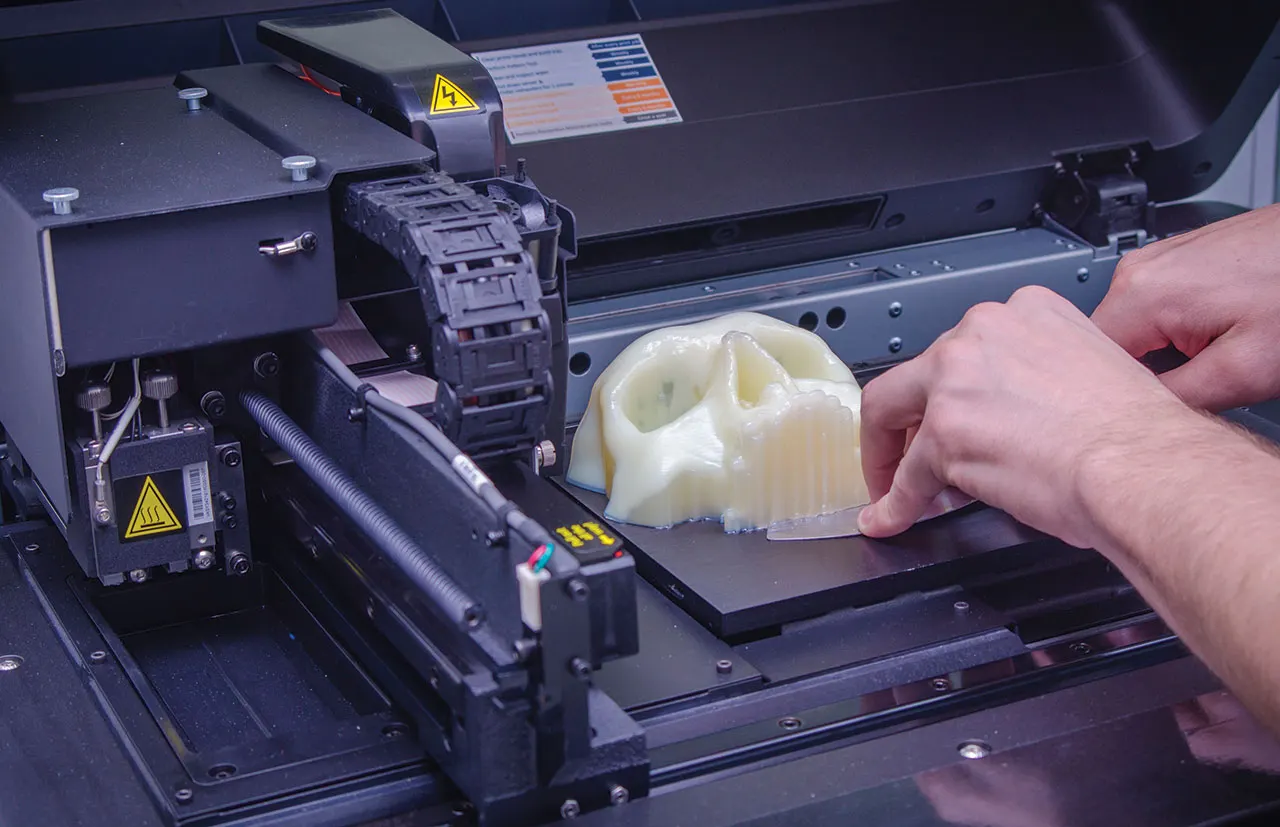
Known for its unrivaled detail and precision, PolyJet technology works by jetting ultra-thin layers of photopolymer material onto the build tray, where each layer is cured by UV light. This method is capable of producing smooth, accurate parts, and even multi-material, multi-color models that can mimic a product’s final aesthetic more closely than other technologies.
Charting the seas of 3D printing technologies can be a daunting task. However, remembering the basic tenets – understanding the potential applications and recognizing the capabilities and limitations of each technology – can help you navigate these waters.
Hopefully, this guide has helped you on your journey through the different methods of 3D printing, and more specifically, the PLA and SLA technologies. With the information at your disposal, you’re now equipped to make a more informed decision for your next 3D printing project.


